Japanese Plum Yew
$39.50 Original price was: $39.50.$27.65Current price is: $27.65.
- Free Shipping over $25
- Fast & reliable delivery options
- Enjoy top quality items for less
- Multiple safe payment methods

If you live in warmer parts of the country, and you have shady areas in your garden, it is likely that you have tried growing English yew bushes, a popular choice for shade, but without much success. Yew is a plant for cooler areas, and beyond zone 7 it will struggle, especially with the heat and humidity of the south-east. What to do? Those blank shady spots continue to be a problem, and they make your garden less attractive than it could be if it was lushly planted everywhere. We have the answer – the Japanese Plum Yew, a shade-tolerant evergreen that looks a lot like yew and that tolerates shade just as well. The big difference is that this plant is happy in heat and humidity, enjoying it and thriving where yew struggles and eventually gives up. Even if you live in zones 6 and 7, you should consider growing this plant, for its own qualities, and as another evergreen to brighten and fill those shady places, as well as growing in partial shade, and even in full sun in zone 6.
Growing Japanese Plum Yew
The Japanese Plum Yew is an evergreen conifer with a strong resemblance to the English Yew (Taxus). The upright stems grow from the base, making a dense, bushy plant that is usually as wide as it is tall. It is slower growing, generally adding about 6 inches a year, but in ideal conditions young plants may increase their size by as much as 12 inches a year, giving you a good-sized bush within just a few years. After 10 years a plant will be between 5 and 10 feet tall and wide.
Characteristics
The dark green leaves are glossy, and of a rich, healthy color. They are between 1 and 2 inches long, and just ¼ inch wide, flat, with parallel sides that end abruptly with a rounded tip. They are in two rows along the stem, and arch upwards and outwards in a ‘V’-shape like the wings of a dove – as if a yew tree had suddenly decided to become graceful and more elegant. Young shoots and leaves are a bright, lighter green, making an attractive contrast between the new and the old for several weeks in the spring, or after trimming. The leaves remain in place for 4 or 5 years, before falling, leaving the bare older stems to thicken and develop rougher, textured dark-brown to gray bark.
In spring, older plants may flower. Male and female flowers are carried on separate trees, and when being propagated both types may be used, so we cannot say if the tree you receive will be male or female. When they flower male flowers appear as a pair of round yellow balls beneath each pair of leaves, all along the stem. They release pollen from March to May. Female flowers are also in pairs, but only scattered, and knob-like. If you have male trees to pollinate them, female flowers develop into one-inch diameter round ‘plums’, that are green at first, and brown when ripe. They are edible, and this plant is cultivated as a food crop in Japan – so enjoy! It is, of course, this fruit that gives the tree its common name.
Planting and Initial Care
You can grow the Japanese Plum Yew in full sun in zone 6, if the soil is moist, and in partial to full shade in all zones. It is tolerant of dark shade, but the growth will the slower and more open. It prefers sandy, well-drained soil, with plenty of moisture, but not wet soil. Once established it is moderately drought resistant, but the great advantage of this plant as an evergreen for shade is its tolerance of high temperatures and humidity. For this reason, it is ideal for zones 8 and 9, where English yew grows poorly. It will grow in sheltered gardens in zone 5, although in severe winters it may suffer some browning and die-back. Spraying with anti-desiccant will help it resist winter browning in zone 5. It can be trimmed as needed, by pruning branches or by trimming with shears, so that attractive shapes and hedges are easy to create with this versatile and adaptable plant. For a hedge, plant 3 feet apart in a row. Pest and diseases are not usually problems, and deer leave this plant strictly alone. Unlike the English yew, no parts of the plant are poisonous, so it is perfectly safe, even around small children, another plus for this valuable evergreen.
History and Origins of Japanese Plum Yew
The Japanese Plum Yew is called Cephalotaxus harringtonii by botanists, and sometimes ‘cow-tail pine’, and it is a native tree of Japan. It is found growing from Hokkaidō southwards as far as Kyūshū. There it grows beneath larger trees, in the shade, and it can be a small tree 20 feet or more in height. It was introduced into Europe in 1829 and named as Taxus japonica in 1839. Later it was more carefully recognized as different and given its present name. It was named because of the activity of the Earl of Harrington, who encouraged its use in English gardens. Strangely it remains underutilized, although gardeners in the south have become aware of it, and the demand is high and the supply low. Our stock will soon be gone, so if you have found Yew hard to grow, choose the Japanese Plum Yew instead. Order now, while supplies last.
Be the first to review “Japanese Plum Yew” Cancel reply
Related products
Cypress Trees
Evergreen Trees
Evergreen Trees
Evergreen Trees
Arborvitae Trees
Evergreen Trees
Cedar Trees
Evergreen Trees


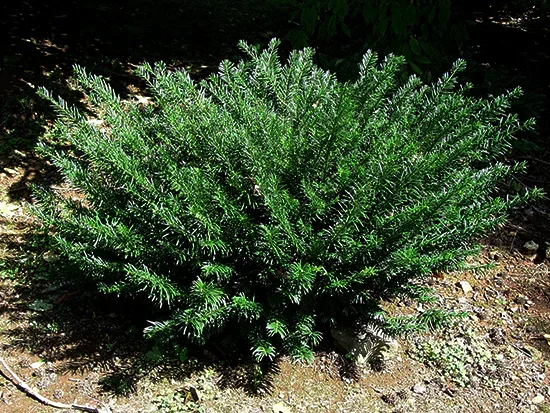
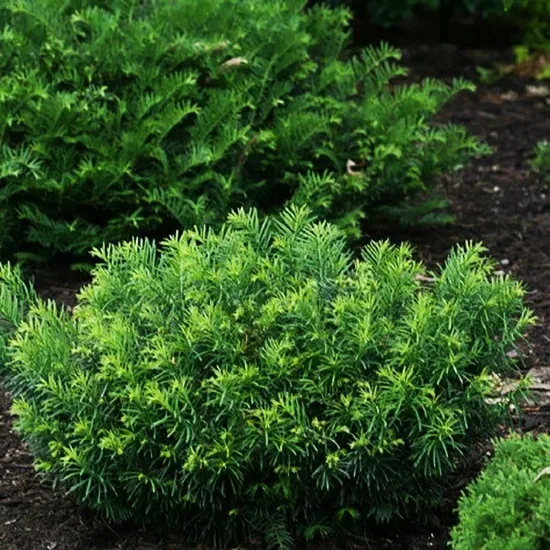





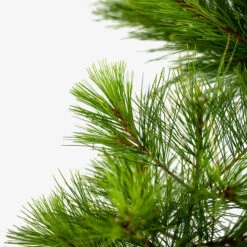
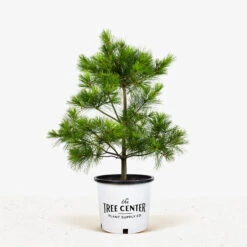


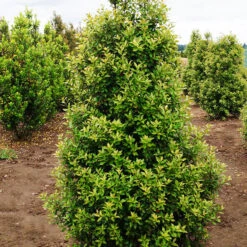

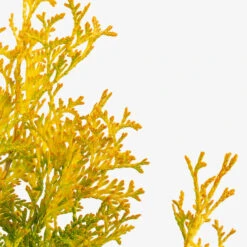
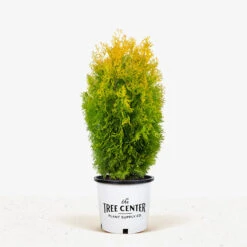


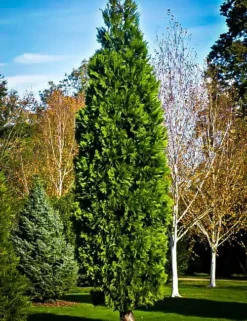
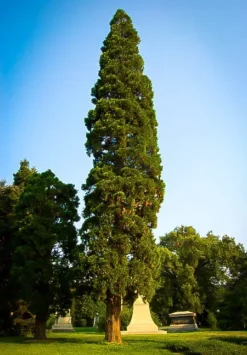
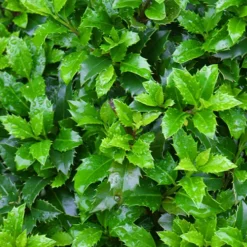

Reviews
There are no reviews yet.